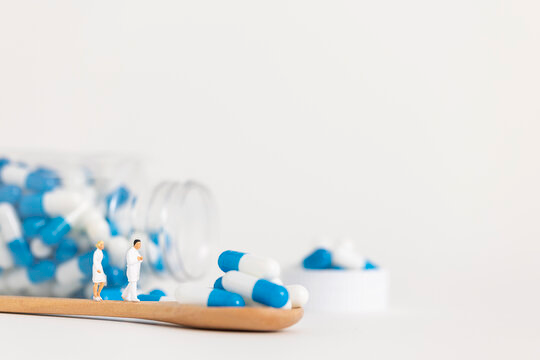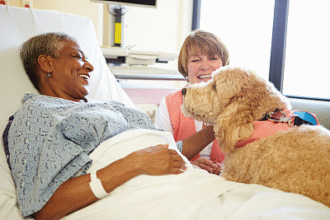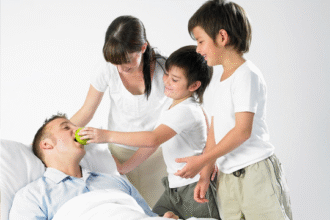How to Prevent Influenza
Influenza spreads mainly through respiratory droplets and short‑range aerosols in crowded, poorly ventilated spaces. No single measure is perfect, but layered protections work best.
- Key Takeaways
- 1) Get Vaccinated (Everyone ≥6 months)
- 2) Improve Indoor Air
- 3) Masks in High‑Risk Situations
- 4) Hand Hygiene and Respiratory Etiquette
- 5) Stay Home When Sick
- 6) Clean High‑Touch Surfaces
- 7) Healthy Habits Support Immunity
- 8) Humidity, Hydration, and Nasal Sprays
- 9) After Exposure or in Outbreaks
- Who Should Be Extra Careful?
- When to Seek Care (Red Flags)
Key Takeaways
- Get vaccinated every year — it’s the single most effective prevention step and reduces hospitalizations and death.
- Combine layers: vaccination + better air (ventilation/filtration) + masks in high‑risk settings + hand hygiene + stay home when sick.
- “Antibacterial” soap is not required; regular soap and water or alcohol‑based hand rubs (60–80% alcohol) are effective.
1) Get Vaccinated (Everyone ≥6 months)
- Aim to vaccinate before flu season; immunity takes ~2 weeks to build.
- Still beneficial later in the season and after illness to protect against other strains.
- Especially important for older adults, young children, pregnant/postpartum people, those with chronic conditions, and healthcare workers.
2) Improve Indoor Air
- Increase outdoor air exchange (open windows/doors when safe) and use mechanical ventilation.
- Use HEPA air cleaners in occupied rooms; good filtration reduces virus‑containing particles.
- Avoid crowded, poorly ventilated spaces during surges.
3) Masks in High‑Risk Situations
- Wear a well‑fitting medical mask or respirator (e.g., N95/KN95/FFP2) during community surges, in healthcare settings, when you’re high‑risk, or when visiting high‑risk individuals.
4) Hand Hygiene and Respiratory Etiquette
- Wash with soap and water for 20 seconds, or use alcohol hand rubs when hands aren’t visibly soiled.
- Cover coughs/sneezes; avoid touching eyes, nose, and mouth.
5) Stay Home When Sick
- Isolate from others while febrile and symptomatic.
- Return when fever‑free for 24 hours (without fever reducers) and symptoms are improving.
6) Clean High‑Touch Surfaces
- Disinfect frequently touched surfaces (doorknobs, keyboards, phones, counters), especially in shared spaces.
7) Healthy Habits Support Immunity
- Sleep 7–9 hours, eat a balanced diet, exercise regularly when well.
- Don’t smoke; avoid secondhand smoke.
- Manage chronic conditions and keep routine vaccinations up to date.
8) Humidity, Hydration, and Nasal Sprays
- Maintain indoor relative humidity ~40–60% when possible; extreme dryness can irritate mucosa.
- Stay hydrated. Saline nasal sprays may relieve dryness but are not proven to prevent flu and don’t replace vaccination or masking.
9) After Exposure or in Outbreaks
- Post‑exposure antiviral prophylaxis (e.g., oseltamivir; baloxavir in some regions) may be considered for high‑risk close contacts or institutional outbreaks per local guidelines.
Who Should Be Extra Careful?
- Adults ≥65 years, infants and young children, pregnant/postpartum people, the immunocompromised, and those with heart, lung, kidney, liver, metabolic, or neurologic disease.
When to Seek Care (Red Flags)
- Trouble breathing, bluish lips/face, chest pain, confusion, seizures, fainting, severe dehydration, or sudden worsening after initial improvement.
Educational information only; not medical advice. Follow local public health guidance and consult a clinician for personal recommendations.






